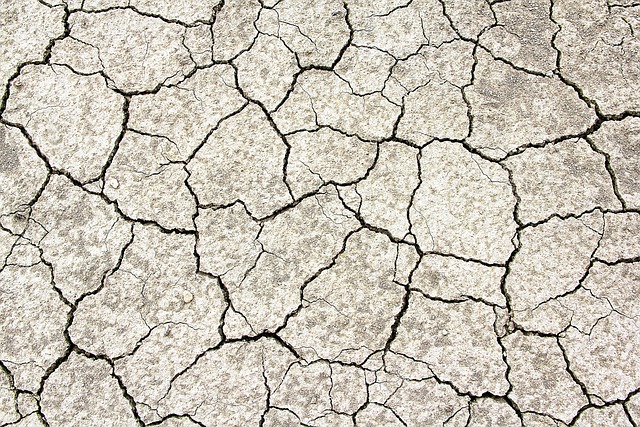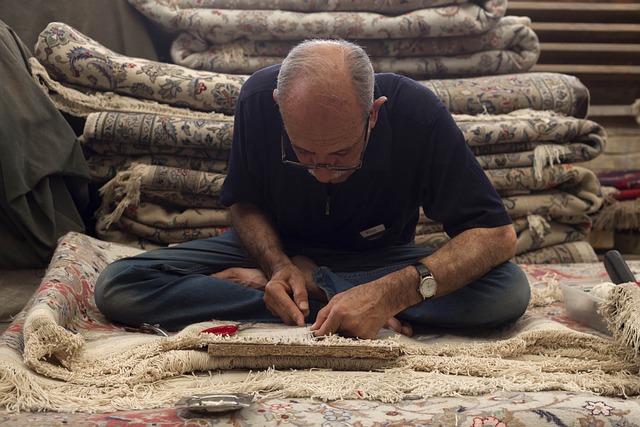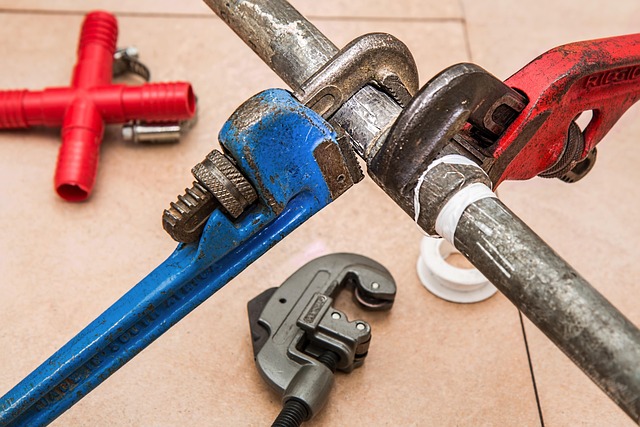Crack repair is essential for maintaining concrete structures' integrity and aesthetics in residential and commercial spaces. Cracks can range from minor surface defects to severe structural issues, requiring prompt attention. Basic repairs involve assessing crack type and severity, using injection or filling agents for shallow cracks and more intensive techniques like carbon fiber reinforcement for deeper ones. Preventative measures include regular sealing, drainage systems, and steel bar reinforcement. Regular inspections facilitate early detection, making repair more manageable. Professional crack repair services are crucial for structural integrity, enhancing aesthetics, and preventing further damage. Choosing a reputable company specializing in cost-effective solutions is vital, balancing affordability with expertise. Proper post-repair maintenance involves regular cleaning, concrete sealer application, and re-sealing every few years.
“Discover affordable concrete services for your home or business with our comprehensive guide. We demystify concrete crack repair, exploring common causes and preventive measures. Learn about various crack repair methods, their cost-effectiveness, and the benefits of professional services.
From understanding basic repairs to choosing budget-friendly restoration companies, this article covers all things crack repair. Additionally, we provide maintenance tips to ensure longevity after repairs. Get ready to invest in your concrete structures wisely.”
Understanding Concrete Crack Repair: The Basics

Concrete crack repair is a common necessity for maintaining structural integrity and aesthetic appeal in both residential and commercial settings. Cracks can vary significantly in size, depth, and cause, from minor surface cracks to severe structural failures. Addressing them promptly is essential, as neglecting cracks can lead to more extensive damage and costly repairs down the line.
The basics of crack repair involve assessing the type and severity of the crack. Surface cracks, often called hairline cracks, are typically shallow and can be easily repaired using injection methods or filling agents. Wider cracks, especially those with signs of structural movement, might require more intensive techniques like carbon fiber reinforcement or even partial concrete replacement. Understanding the root cause is crucial; cracks can signal issues with foundation settling, soil movement, or poor initial construction, necessitating targeted solutions to prevent recurrence.
Common Causes of Concrete Cracks and How to Prevent Them

Concrete cracks can be both unsightly and a structural concern, but they’re often preventable with proper care. Common causes include movement due to temperature changes, freeze-thaw cycles, and shifting soil beneath the surface. These movements cause stress on the concrete, leading to cracks over time.
Prevention strategies involve regular sealing to protect against moisture intrusion, which can accelerate concrete deterioration. Proper drainage systems are also crucial, ensuring water doesn’t pool around foundations, while reinforcing structures with steel bars can enhance their strength and flexibility, reducing crack formation. Regular inspections allow for early detection of any issues, making crack repair more manageable and cost-effective.
Types of Crack Repair Methods and Their Cost-Effectiveness

Concrete structures, over time, can develop cracks due to various factors like age, environmental conditions, and structural stress. Addressing these cracks promptly is essential for maintaining the integrity of buildings and preventing further damage. There are several crack repair methods available, each offering varying levels of cost-effectiveness depending on the severity and type of crack.
One common approach is surface patching, suitable for smaller, shallow cracks. This method involves cleaning the crack, applying an appropriate patch compound, and smoothing the surface. It’s an affordable solution for minor aesthetic issues and can extend the life of concrete surfaces. Another technique, structural repair, targets deeper cracks that compromise the structure’s strength. This often includes methods like epoxy injection, where a specialized epoxy resin is injected into the crack to fill and strengthen it. While more costly than surface patching, structural repair is highly effective in repairing severe cracks and preventing further deterioration, making it a cost-effective long-term solution.
Benefits of Professional Crack Repair Services

Professional crack repair services offer numerous advantages for concrete structures, ensuring their longevity and structural integrity. One of the primary benefits is the prevention of further damage. Cracks in concrete can expand over time, leading to more extensive and costly repairs if left unattended. A skilled team will assess the extent of the cracks, fill them with appropriate materials, and apply sealers to stop water penetration, thus halting the crack’s progression.
Moreover, these services enhance the aesthetic appeal of concrete surfaces. Not only do cracks weaken the overall look, but they can also create an uneven, unsightly appearance. Professional repair involves matching the original concrete mix to ensure a seamless finish, restoring the surface to its former condition and providing a more uniform and visually pleasing result.
Choosing the Right Concrete Restoration Company on a Budget

When working with a budget, selecting the appropriate Concrete Restoration Company is essential for achieving high-quality results without overspending. A key consideration is to look for firms that specialize in cost-effective solutions, particularly those offering competitive pricing for services like crack repair. Ask for quotes from multiple companies and compare their service packages meticulously.
Remember, the cheapest option might not always be the best. Instead, focus on finding a balance between affordability and expertise. Reputable companies with positive reviews can provide peace of mind, ensuring your concrete restoration needs are met efficiently and within your financial constraints.
Maintenance Tips for Longevity After Crack Repair

After crack repair, maintaining your concrete surfaces is crucial for longevity and ensuring the fix was effective. Regular cleaning is essential; use a soft brush or vacuum to remove loose debris and dirt from the repaired area. Avoid power washers as they can damage the fresh concrete and potentially cause new cracks.
Additionally, applying a sealer after crack repair helps protect against moisture penetration, which is a leading cause of concrete deterioration. Check the manufacturer’s instructions for the best results, and remember that re-sealing might be necessary every few years to maintain protection.
